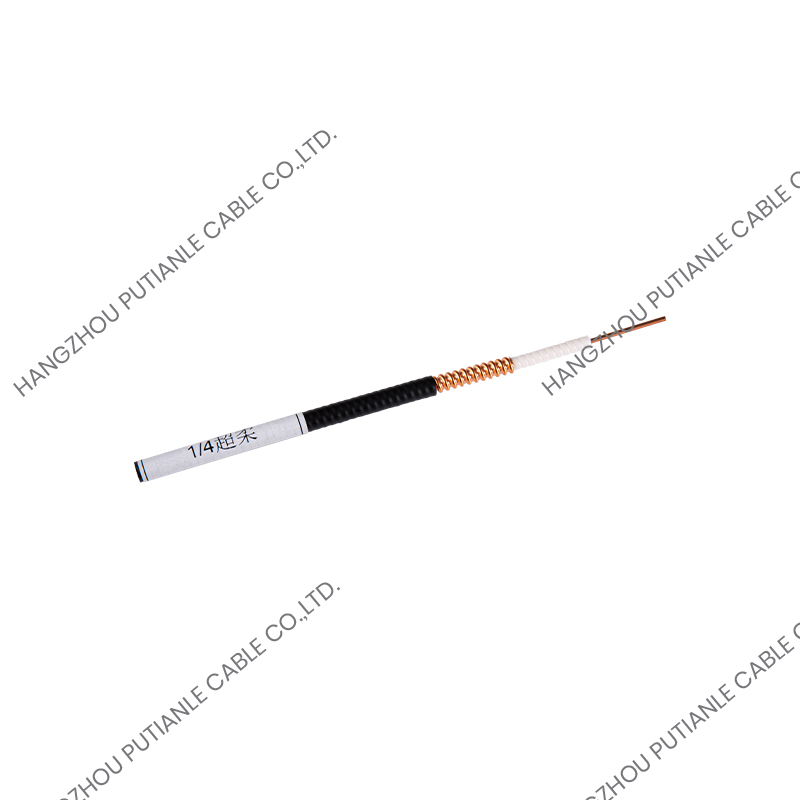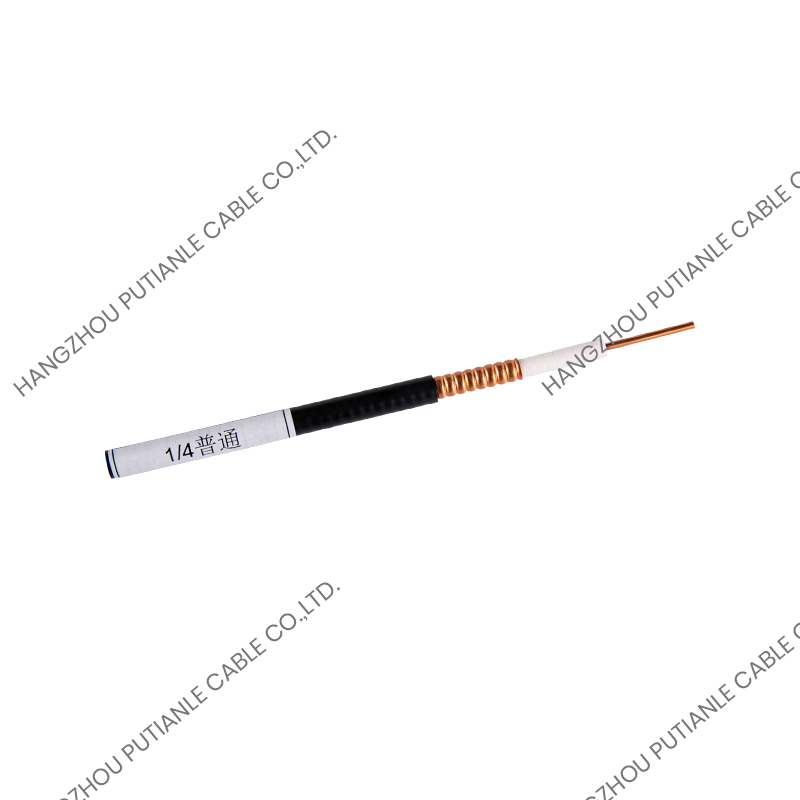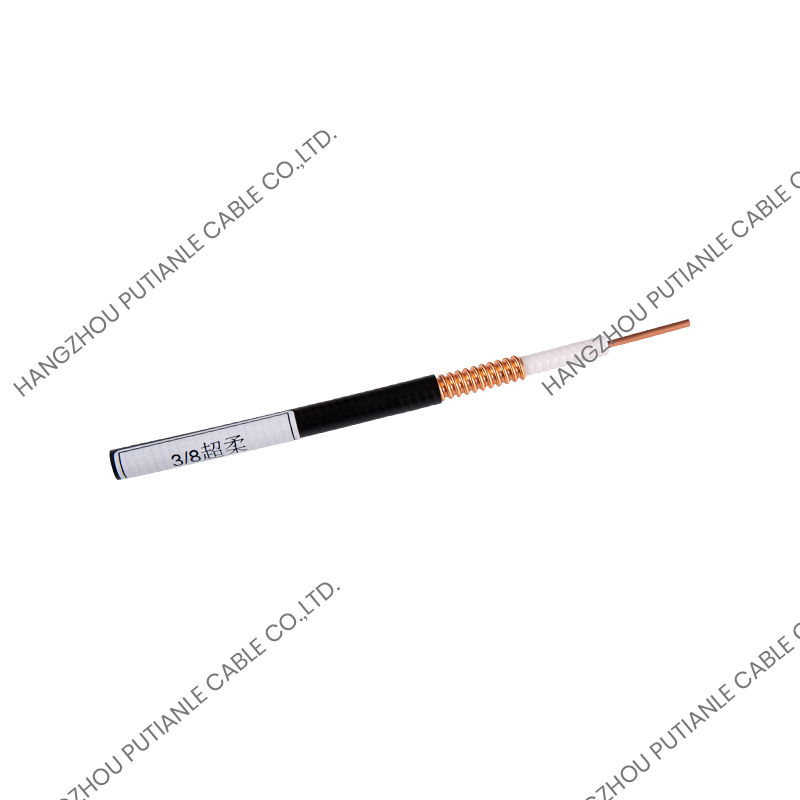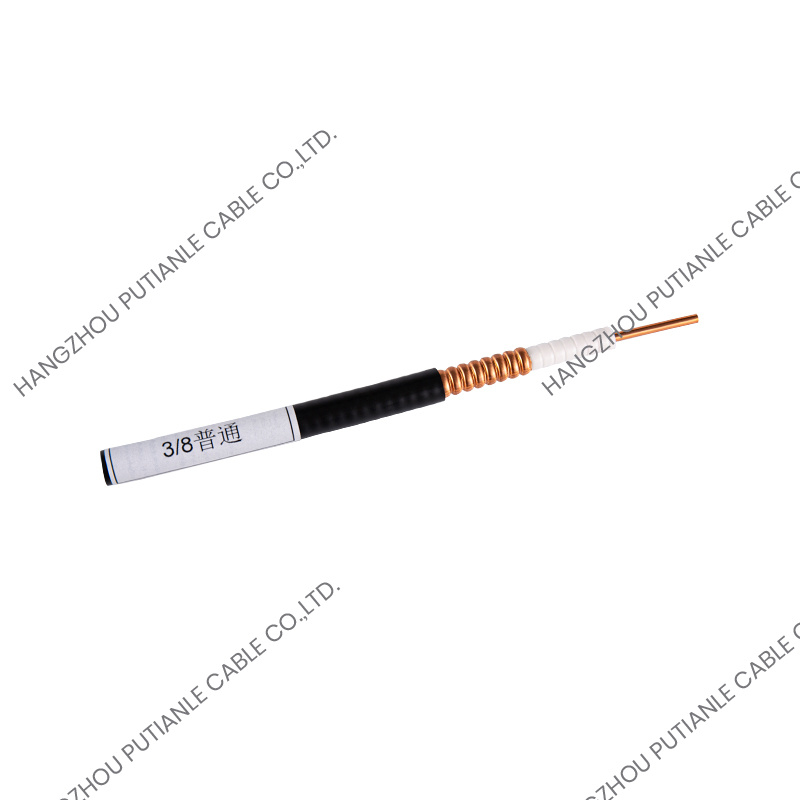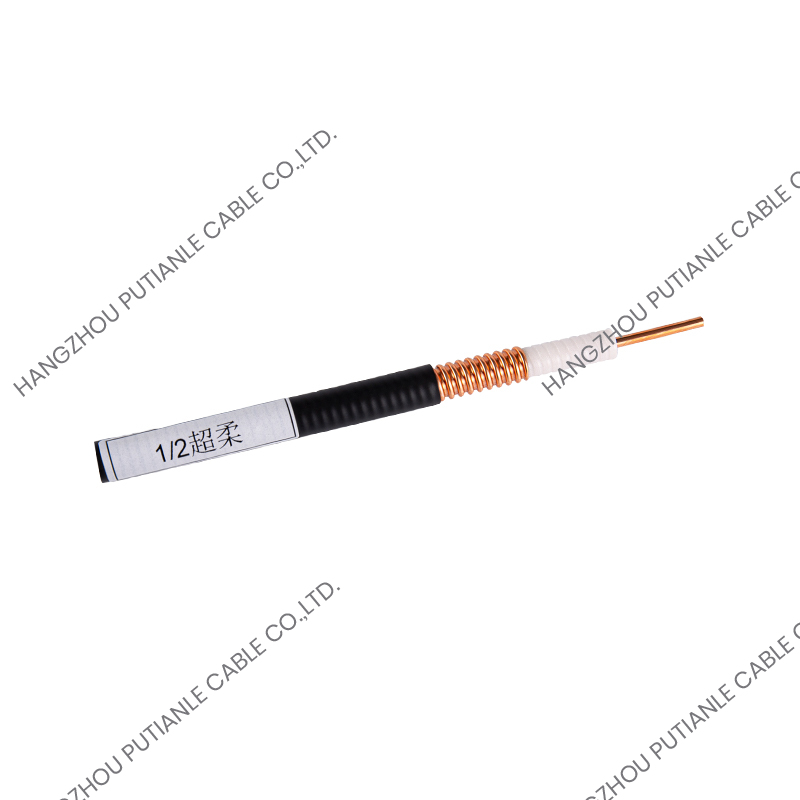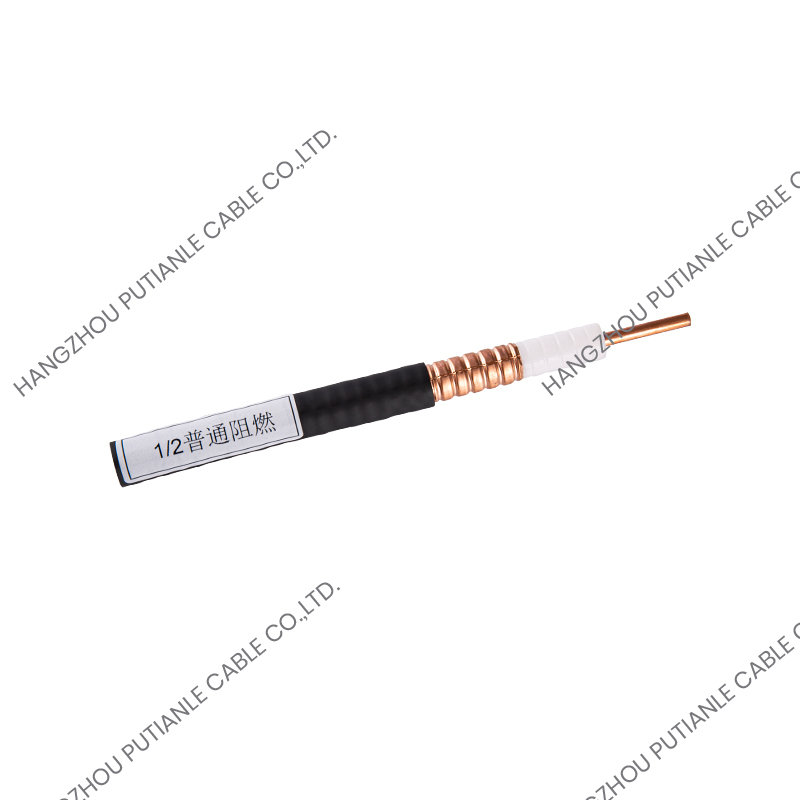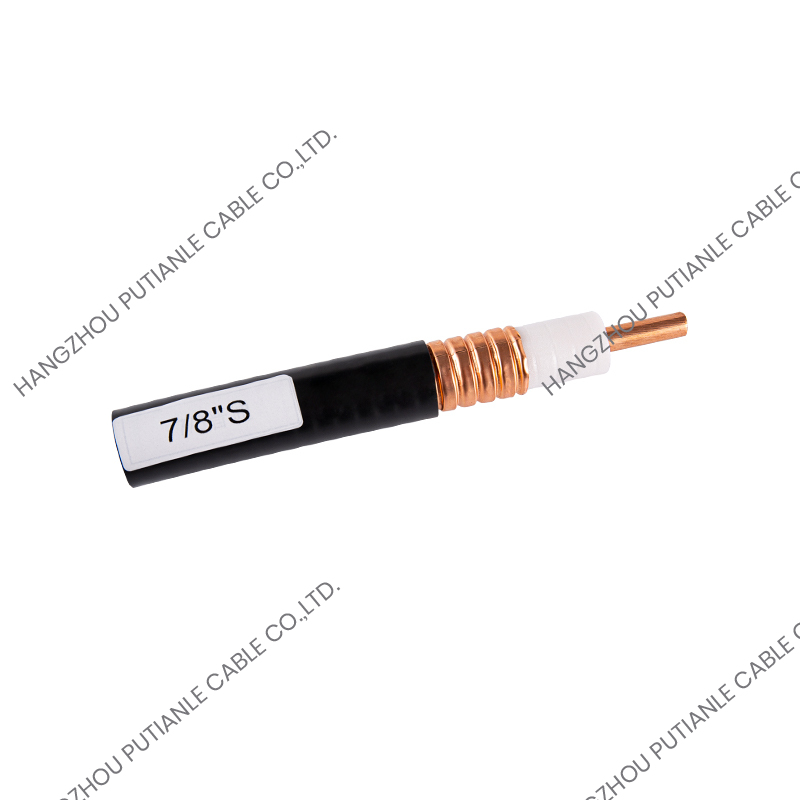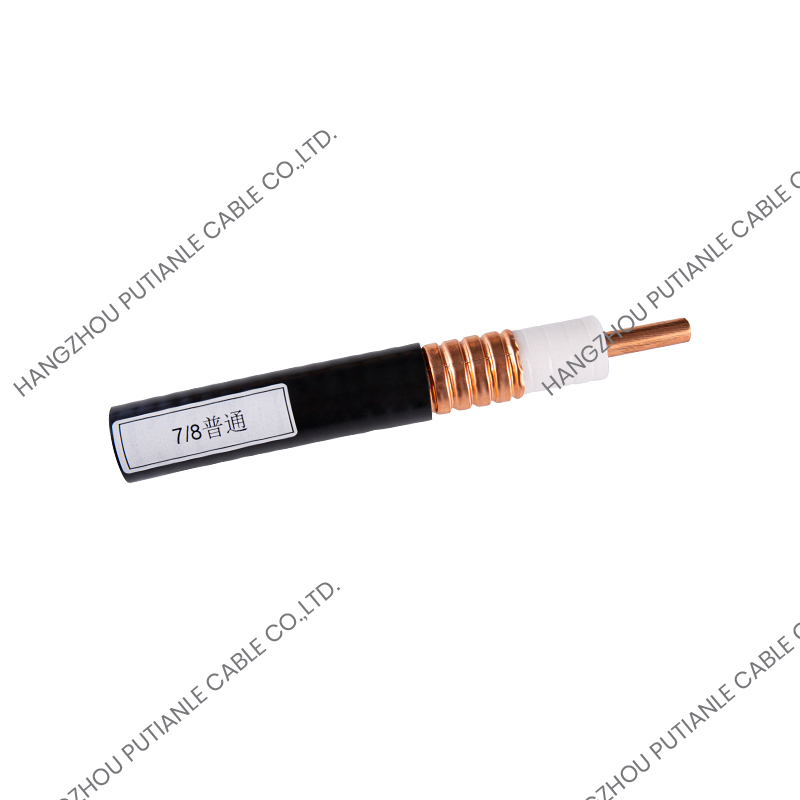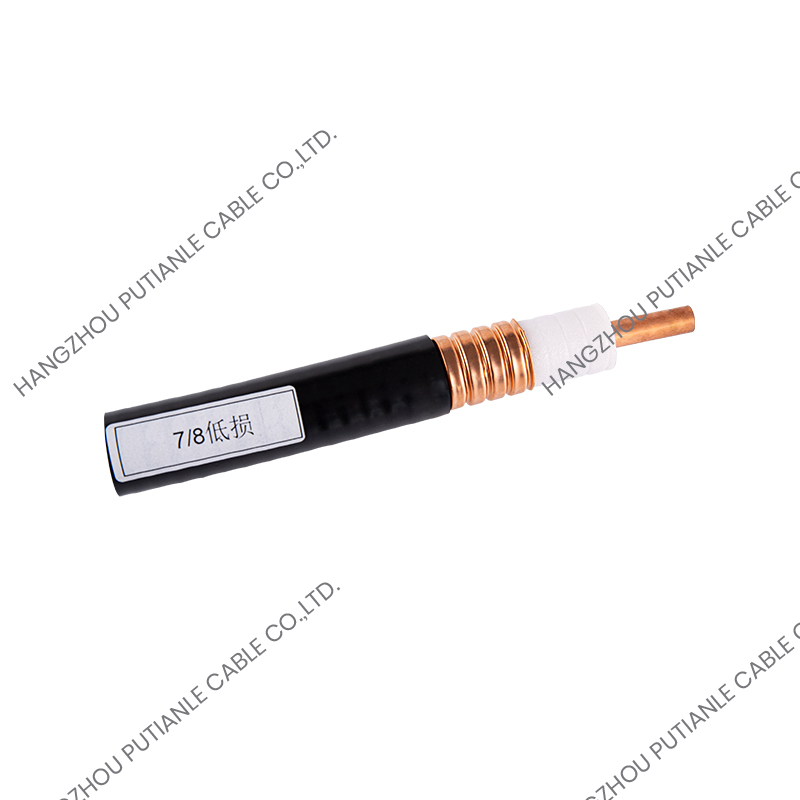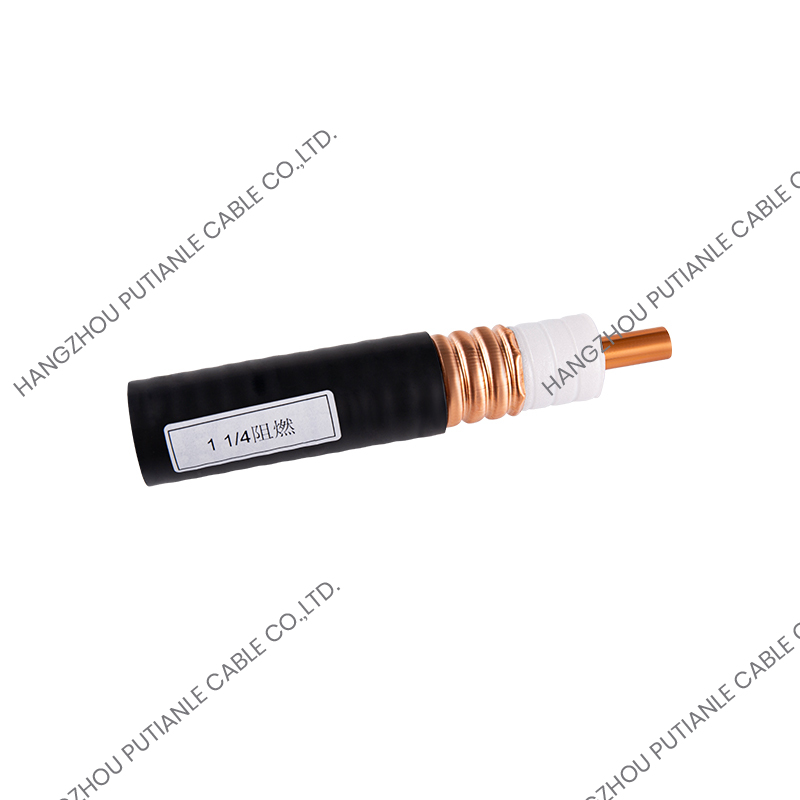In today's rapidly developing digital age, fiber optic cable has become a core component of modern communication networks. With its ultra-high transmission rate, strong anti-interference ability and long-distance transmission advantages, fiber optic cable is widely used in the Internet, telecommunications, radio and television, data centers and other fields, and is a key infrastructure to promote the global information process.
Ultra-large bandwidth and high-speed transmission
Fiber optic cable can support data transmission rates of tens to hundreds of Gbps, far exceeding traditional twisted pair or coaxial cable. This makes it an ideal choice for high-bandwidth applications such as 5G communications, cloud computing, and 4K/8K high-definition video.
Low loss and long-distance transmission
The transmission loss of optical fiber is extremely low, which is particularly suitable for the construction of cross-city or even cross-national backbone communication networks. Compared with the transmission limit of tens of meters of copper cable, the transmission distance of single-mode optical fiber can reach hundreds of kilometers.
Strong anti-electromagnetic interference ability
Because optical signals are used instead of electrical signals for data transmission, fiber optic cables are not affected by electromagnetic interference and are suitable for deployment in complex electromagnetic environments such as high-voltage power and industrial control.

High security
Fiber-optic communication is not easy to be eavesdropped, and the risk of data leakage is low. It is particularly important in the military, finance, government and other fields with high requirements for information security.
In the communications industry, fiber-optic cables build national backbone networks, metropolitan area networks and access networks, providing broadband Internet access and telephone services to thousands of households; in data centers, optical fibers connect servers, switches and storage devices, supporting huge cloud computing and AI computing tasks; in the medical field, optical fibers are used for endoscopes and laser surgical equipment to achieve accurate diagnosis and treatment; in addition, optical fibers are also widely used in intelligent transportation, security monitoring, aerospace and other high-tech fields.
With the advancement of the "new infrastructure" policy and the development of technologies such as 5G, the Internet of Things, and artificial intelligence, the demand for fiber-optic cables will continue to grow. In the future, new technologies such as ultra-low loss optical fibers, multimode optical fibers, and space-division multiplexing optical fibers will continue to improve transmission efficiency. At the same time, submarine optical cable systems are also constantly upgrading to ensure the interconnection of the global Internet.
As the "neural network" of modern communications, fiber-optic cables are driving human society into a more efficient and intelligent information age at an unprecedented speed. With the continuous innovation of technology and the continuous expansion of application scenarios, fiber optic cables will continue to play an irreplaceable role in the construction of the digital world and become a solid foundation for connecting the future.


 中文简体
中文简体 English
English Español
Español
